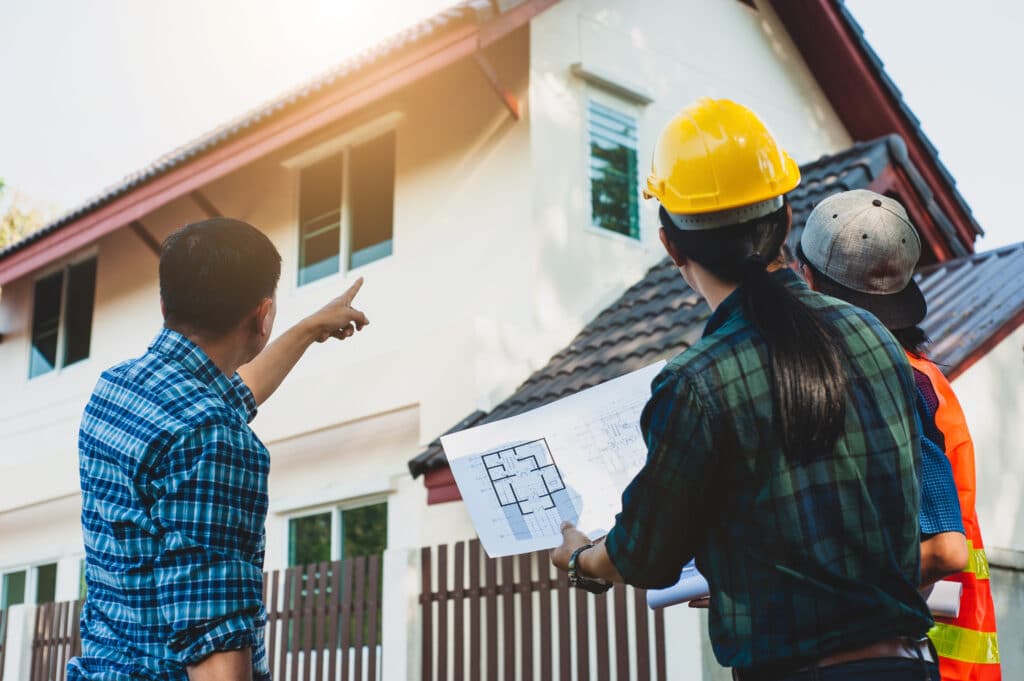Pros and Cons of Buying a New vs. Existing Home

One of the most significant advantages of buying a new home is the ability to customize it to your liking. From the floor plan to the fixtures and finishes, you can make your new home uniquely yours. New homes are built with energy-efficient features that can help reduce your utility bills and lower your carbon footprint. These features may include better insulation, high-efficiency heating and cooling systems, and Energy Star-rated appliances. Since everything in a new home is brand new, you can expect low maintenance costs for the first few years of ownership. You won’t have to worry about replacing an old roof or outdated plumbing for a while. Most new homes come with a warranty from the builder, giving you peace of mind in case anything goes wrong. This warranty typically covers any defects or issues with the home’s construction for a certain period after purchase. If anything goes wrong during this period, the builder will repair or replace the defective items at no cost to you. This warranty can save you a lot of money and hassle in case of unexpected issues.
One of the biggest disadvantages of buying a new home is the higher cost. New homes are typically more expensive than existing homes due to the customization options and new materials used in construction. However, the price of a new home can be negotiable, and some builders may offer incentives, such as upgrades or closing cost assistance. New homes lack the charm and character that older homes often have. New homes are built with modern materials and designs, which may not appeal to everyone. If you prefer the architectural details and unique features of an older home, a new home may not be the best fit for you. New homes are often built in developing areas, which may not have the same established amenities and services as more established neighborhoods. While new neighborhoods often have their own charm and appeal, they may not have the same sense of community and convenience as more established areas. Despite being new, new homes may have unforeseen issues that only become apparent after you move in. These issues may be due to poor workmanship, building code violations, or other factors. While a warranty may cover some of these issues, you may still have to deal with the inconvenience and stress of repairs or replacements.
Existing homes are often located in well-established neighborhoods with established amenities and services. These neighborhoods may have mature trees, parks, and community centers, as well as established schools, shops, and restaurants. If you value a sense of community and convenience, an existing home in an established neighborhood may be the best fit for you. Existing homes are typically less expensive than new homes due to their age. You may be able to get more house for your budget if you choose an existing home. Additionally, you may be able to negotiate the price with the seller, especially if the home needs some updating or repairs. Existing homes often have unique features and charm that new homes lack. From vintage hardware and moldings to stained glass windows and hardwood floors, existing homes can offer a variety of architectural details and design elements that are hard to find in new homes. Established homes usually have mature landscaping, adding to the property’s beauty and value. You can enjoy the benefits of mature trees, shrubs, and flowers without having to wait for them to grow. In addition, mature landscaping can provide shade, privacy, and environmental benefits, such as improved air quality and reduced erosion.
Since older homes have more wear and tear, maintenance costs can be higher than those of new homes. You may have to replace old roofs, HVAC systems, and plumbing sooner than you would with a new home. However, if you keep up with maintenance and repairs, you can avoid more expensive problems down the road. Older homes may have outdated appliances, fixtures, and building materials, which can be costly to replace. For example, an older home may have single-pane windows that are not energy-efficient, or a kitchen that needs a complete renovation. However, you can update these features over time, and some updates may increase the value of your home. Existing homes may not be as customizable as new homes, which may not meet your specific needs. You may have to compromise on some features or live with existing layouts that don’t work for you. However, you can still make changes to an existing home, such as adding a room or finishing a basement, to better suit your needs. Older homes may have hidden issues, such as plumbing or electrical problems, that are not visible during an inspection. These issues can be costly to repair and may not be covered by a warranty. However, a thorough inspection by a reputable inspector can help identify potential problems before you make an offer.



